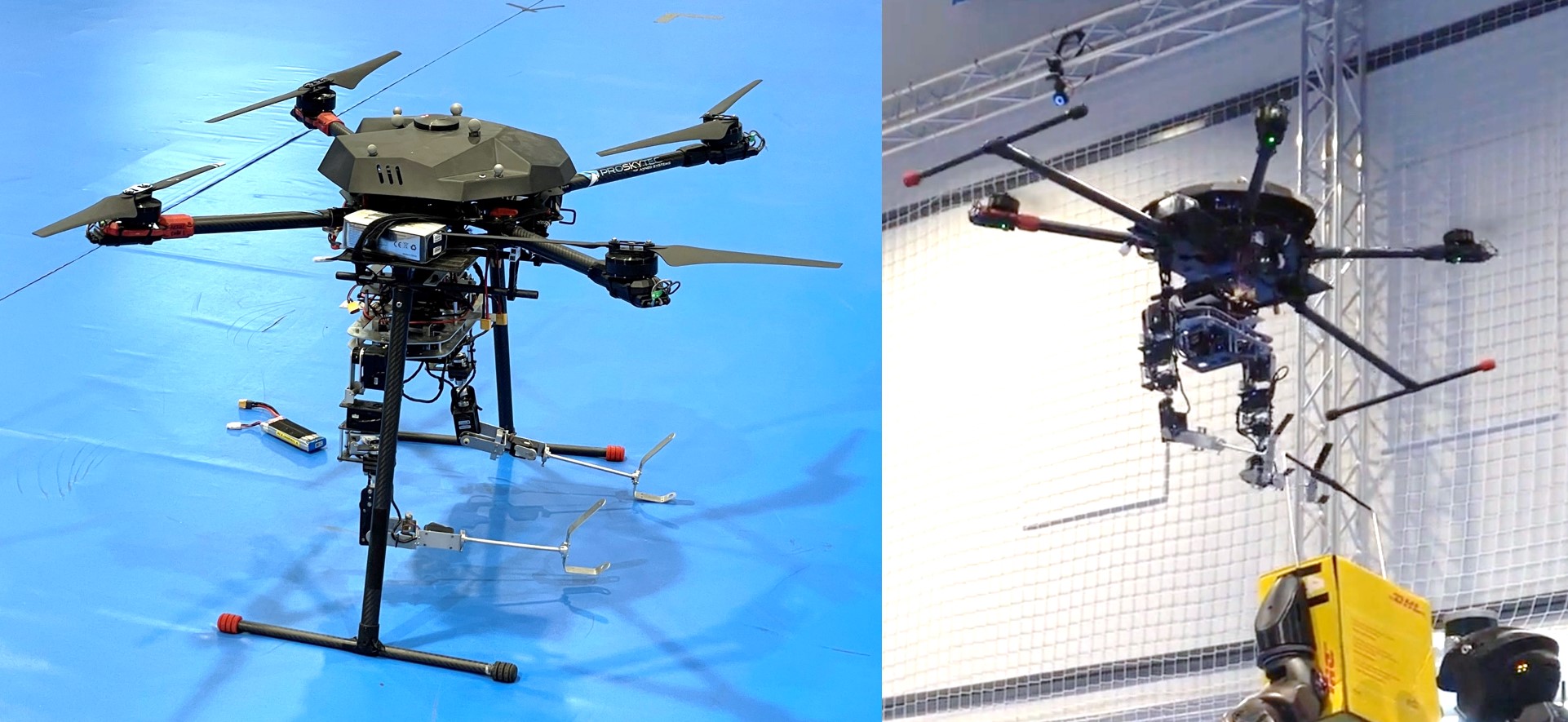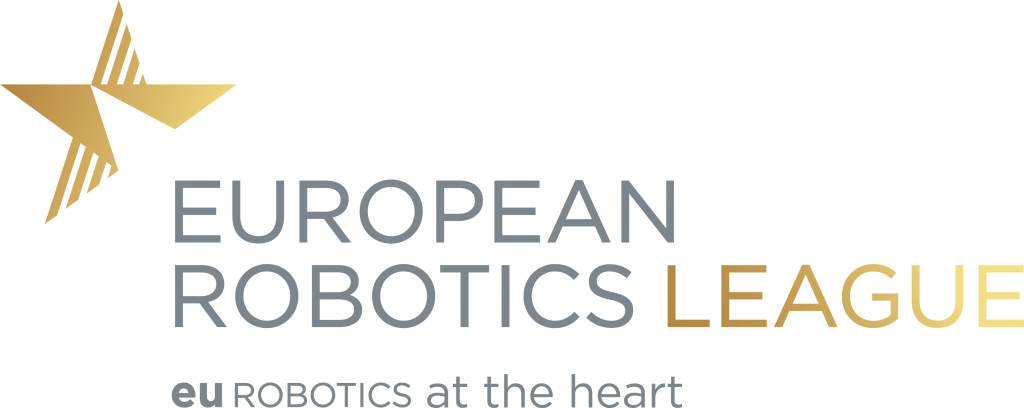
From November 25 to 28, 2024, the 1st euROBIN Coopetition will take place in Nancy, France, following Humanoids 2024, the IEEE-RAS 2024 International Conference on Humanoid Robots.
euROBIN coopetitions are designed not only to test individual team capabilities but also to foster collaborative innovation by rewarding teams for both their own achievements and the successful integration of their developed modules by others. By promoting modularity, reusability, and transferability in robotic systems, euROBIN aims to advance the frontier of robotics and artificial intelligence, driving progress in diverse application domains such as robotic manufacturing, personal robotics, and outdoor robotics for sustainable communities. Hereby, with these profiles we would like to welcome you to the pioneering world of the euROBIN project, where the brightest robotic teams from across Europe converge to participate in this groundbreaking event.

- NAME: GRVC Robotics Laboratory
- TYPE: Institution- University of Seville
- LEADER CONTACT: Alejandro Suarez, Anibal Ollero
- URL WEBSITE: https://grvc.us.es/
- LINKEDIN: https://www.linkedin.com/company/grvcus/mycompany/
- VIDEOS: YouTube channel: https://www.youtube.com/@GRVCRoboticsLaboratory
- ROBOTS OR PRODUCTS SHORT PRESENTATION: GRVC Dual Arm Aerial Manipulator
The Dual Arm Aerial Manipulation Robot developed by the GRVC Robotics Lab of the University of Seville is a customized version of the prototype employed in previous projects, adapted to meet the requirements of the Outdoor Robots League in the euROBIN Nancy event. In this case, the platform is intended to conduct autonomously the grasping, transportation and delivery on flight of light parcels in an intra-logistics scenario, involving perception, mapping, localization as well as manipulation capabilities, among others. The two videos below show the aerial robot in action in two different experiments:
- TECHNICAL DESCRIPTION OF THE ROBOT/PRODUCTS: GRVC Dual Arm Aerial Manipulator
The aerial robot is based on the Tarot X4 quadrotor frame, with DJI motors and carbon fibre propellers, providing 4.5 kg payload and 5-10 min flight time (depending on the payload) with 12S 6000 mAh LiPo batteries. The flight controller is implemented on a CUAV 5 autopilot with the Arducopter firmware and MAVROS interface for commanding the aerial platform (take-off, land, go to way point, …).
The aerial robot is equipped with a Lightweight and Compliant Anthropomorphic Dual Arm System (LiCAS, https://licas-robotic-arms.com/ ) customized for the Nancy event. The dual arm can be reconfigured to reduce the degrees of freedom from 4 to 2 per arm depending on the available payload capacity of the aerial platform, so the manipulator weigh is conveniently reduced from 2.2 to 1.5 kg. The arms are human-size and human-like, providing a maximum payload capacity of 0.5 kg, 500 mm reach (250 mm forearm and upper arm) and a separation distance of 360 mm. They provide 30 min operation time, fed by a 3S-4S LiPo battery, 2500 mAh.
The platform also integrates a Livox Mid-360 LiDAR and an Intel RealSense D435i camera for the mapping, localization and visual detection of objects of interest in the environment. The on-board computer is an Intel NUC 11 Pro.
At software level, the on-board computer runs Ubuntu 18.04 with ROS Melodic for compatibility reasons with the FAST-LIO algorithm (https://github.com/hku-mars/FAST_LIO.git ). The control program of the LiCAS arms is developed in C/C++, providing connectivity with other software modules through UDP sockets, defining the data packets as C-style data structures. Other software modules will be incorporated in this platform to address the Outdoor Robot Challenge.

- STAND IN HUMANOIDS 2024: No

